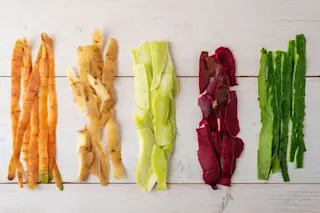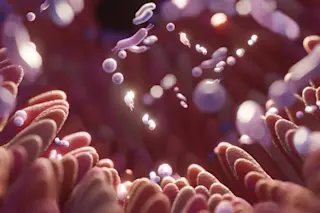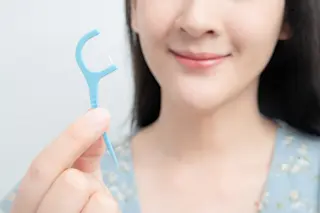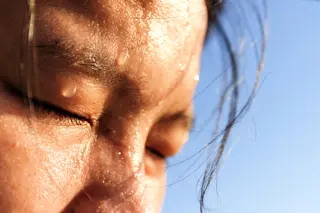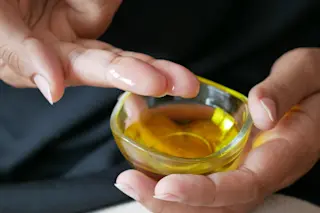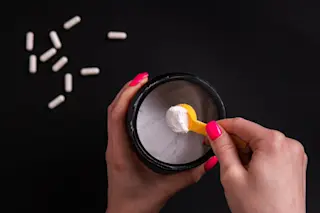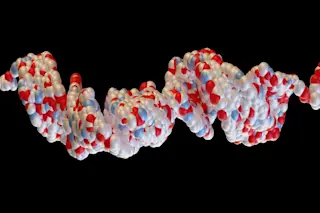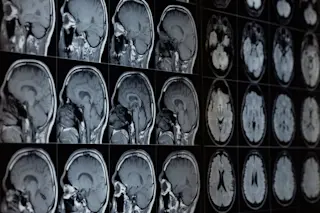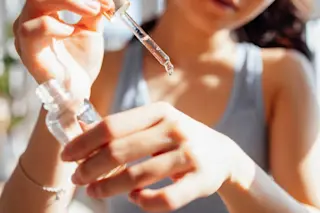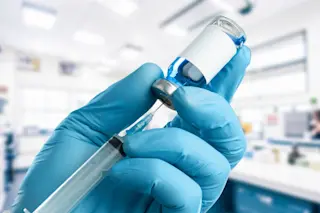If you’re a lazy cook, this will probably come as good news: Not only do you not have to peel most fruits and vegetables before you cook or eat them, you shouldn’t peel most of them.
Several studies over the years have found that the peels of fruits and vegetables contain lots of nutrients.
“Peelings are excellent, excellent sources of many vitamins and minerals, specifically vitamin C, vitamin K, and the B vitamins,” says Amy Bragagnini, board-certified oncology nutrition specialist and spokesperson for the Academy of Nutrition and Dietetics.
Collectively, the nutrients found in plants are called phytochemicals, according to Debbie Fetter, a researcher and assistant professor of nutrition at the University of California Davis.
You’ve probably heard of some of them: beta-carotene, flavonoids, isoflavones, polyphenols — the list is long. Phytochemicals are part of the immune system of the plant you’re eating, and they help the plant stay healthy ...



